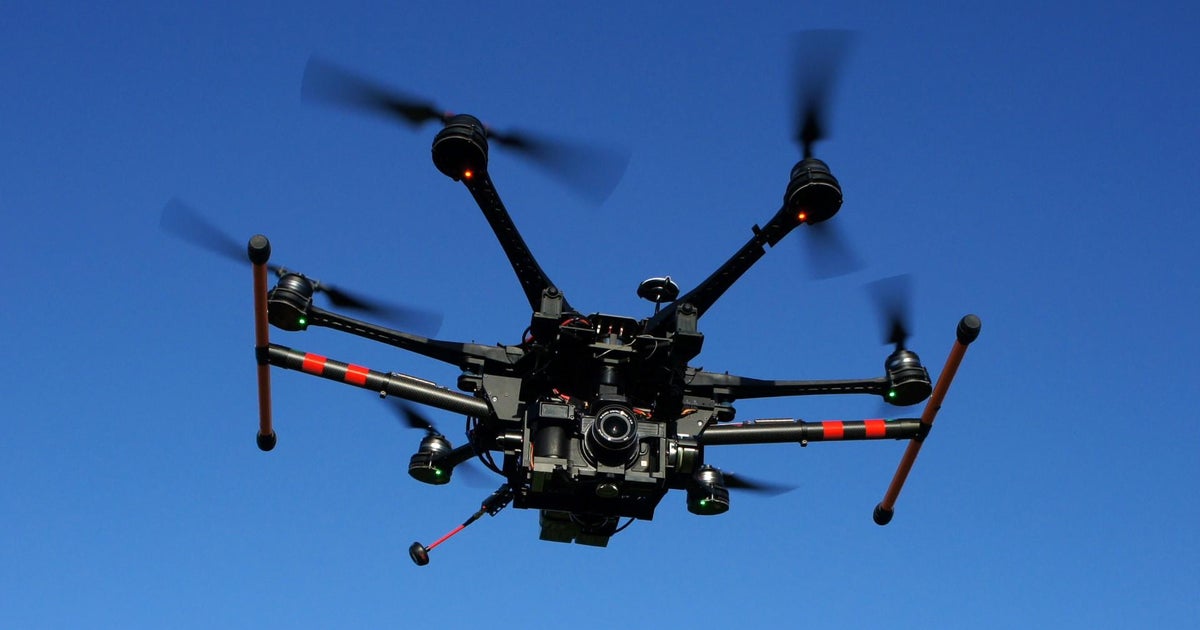New Jersey authorities practice hurricane response, urge residents to prepare
LONG BEACH ISLAND, N.J. - Thursday is the start of hurricane season, and the New Jersey State Police and the Department of Transportation are already planning for a busy season.
Department of Transportation crews went on a drill in Manahawkin, N.J., right off Long Beach Island. Crews showed CBS2 how they would flip the direction of traffic away from the water in the event of a hurricane.
"All the eastbound lanes become westbound with that. It's intricate. You have to close down ramps, driveways, intersections. We have to kind of take control of the whole road," NJ DOT Senior Director of Operations Chris Feinthel.
The DOT is working with state police and the turnpike authority at 50 locations across the state. The traffic concept is called a "contraflow," which you may have seen from above during major hurricanes.
The most important aspect of the exercise is to make sure cars aren't entrapped, which is why crews work work systematically, placing down cones, to make sure traffic moves smoothly in the event of an emergency.
"It could be a life or death thing of evacuating the beaches and we have to do it quickly," Feinthel said.
Authorities say residents across the state need to pay attention to evacuation routes and be prepared.
Hurricane season lasts through November. The peak is August through October, as we saw during Superstorm Sandy.
"Make sure you have a kit in your car. Make sure your car is filled with gas. Make sure you have an emergency plan with your family," Sgt. Joseph Walsh of the New Jersey State Police said.
"I have all of our documents in a - believe it or not - in a plastic bag in our freezer," Donna Morley of Harvey Cedars said.
"The most important thing is to when you are advised to leave island, leave," one person said.
Hurricane Ida was a reminder that catastrophic events happen beyond the Jersey Shore. Officials say they are planning now, and you should too.
NOAA has predicted a near-normal Atlantic hurricane season, including 12-17 storms, with 5-9 becoming hurricanes, and four of those major.




